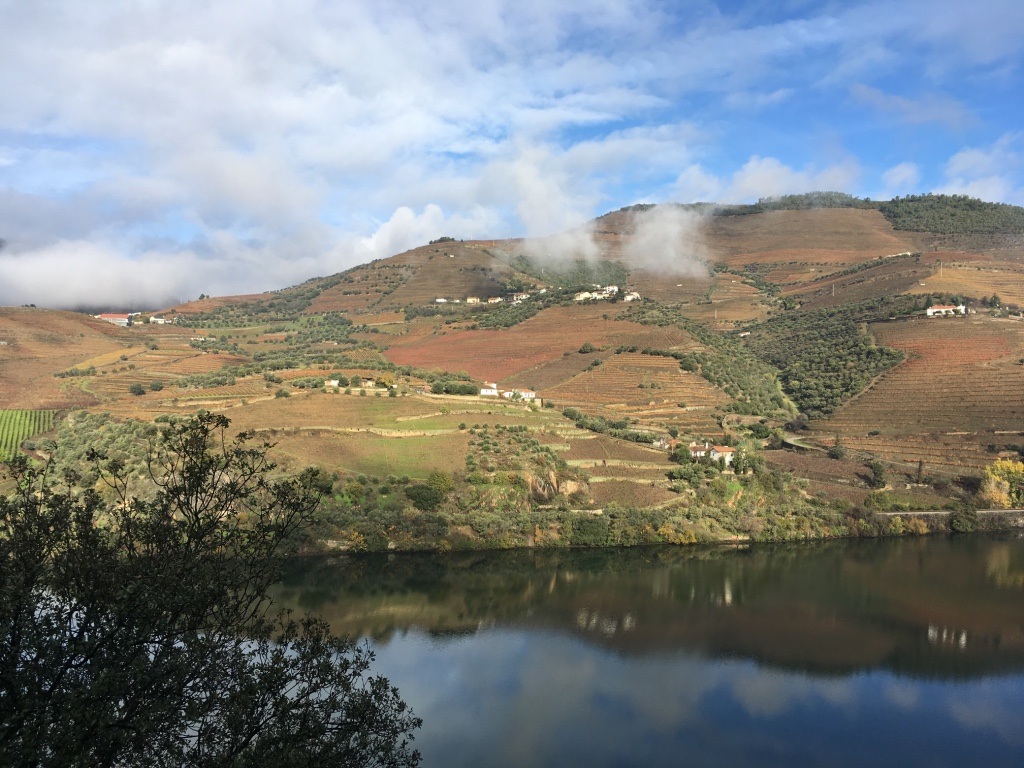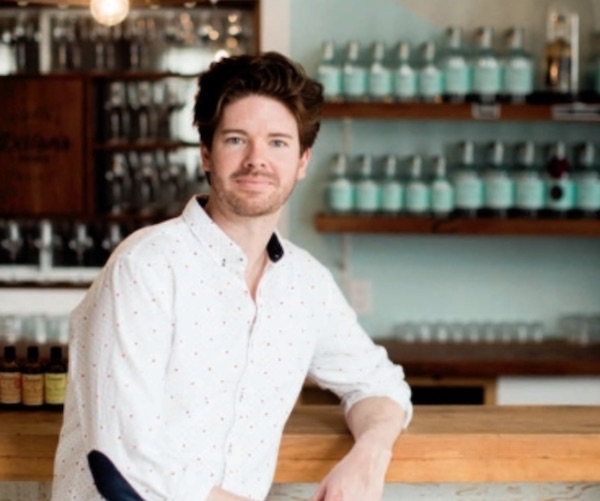by Lorette C. Luzajic

Many of us are sure the flag features a giant maple leaf in homage to the Toronto Maple Leafs, Canada’s favourite hockey team. Or maybe you vaguely recall something from second grade Canadiana class about the big strong maple tree symbolizing the strength of our nation. You probably take it for granted when you reach across the table for the maple syrup: the maple is so ubiquitous to our heritage that we barely give it a thought.
I sure hope you don’t use the cheap maple-flavoured nuclear waste that sits beside the instant pancake mix. There’s are reasons why the first Canadians worked painstakingly to extract maple sap, tapping the trees for their delicious life blood, and it’s not because they were out of stock of No Name Waffle Gunk at the supermarket. There are also reasons why the real deal is so expensive, and every chef worth his sap considers it an investment in his kitchen. There are rows and rows of shiny amber bottles of syrup right there along with the fake tomahawks and Niagara Falls key chains at the souvenir shop because people come from all over the world to take our maple heaven home with them.
All maple syrup is produced in Canada and New England- mostly in Quebec, Ontario, and Vermont. Quebec produces more than three quarters of the world’s supply. Syrup is distilled from maple sap, which is the blood of the maple tree, removed by tapping holes into the trunk and collecting the drips. The sap must be taken when it is cold at night, and sunny in the day, so the time is right in late winter and early spring. Hundreds of years ago, Native Canadians would tie a bucket to a tree, wait for it to fill, and then carry the heavy load up and down forest hills to the camp, through the snow. It takes forty gallons of sap to make one gallon of syrup- think about that next time you grumble about forking over a ten spot for a small bottle.
Today production is not much different than it was 400 years ago. While farmers use tubes instead of buckets, funneling the sap to the tree farm’s base by means of a vacuum pump, the process remains laborious and yields little profit. Over-tapping trees with big machinery would kill them, and thankfully there are government regulations protecting Canadian trees from over-sapping.
Native North Americans prized syrup because it was a rare source of sweet before industrial sugar was introduced. Its distinctive flavour has become synonymous with pancakes the world over, but traditional French-Canadian and Native cuisine used it broadly to flavour baked beans, sausages, pork, and beyond. Maple butter, maple fudge, and maple taffy- made by tossing blazing hot syrup onto the snow- were popular Canadian treats for centuries. (The Sugar Shack, or Cabane a Sucre, is the hut where maple syrup is boiled and distilled.)
Industrial sugar will kill you, but carb cutters and other health conscious people can indulge themselves from time to time with genuine maple syrup. While the dose of “ose” is extremely high, a little maple goes a long way. More, maple has more than sugar- it contains healthy traces of the spectrum of B-vitamins, plus iron, potassium, phosphorus, calcium and zinc. Even better, real maple syrup contains important prebiotics and probiotics. Simply put, in our world of industrial foods and perpetual stress, everyone’s intestines are short on “good” bacteria and tall on bad bacteria, making digestive complaints a top health concern. Prebiotics are biotics that allow probiotics to do their work. Bad bacteria flourish on cheap sugars, so ditch the crappy yogurt for real, raw, plain Balkan style or farm fresh yogurt and sweeten it with a little Canadian beauty.
Forget low-fat yogurt, though- dairy comes out of the cow as fatty as it needs to be: your body can’t absorb nutrients from its food without fat. Fat also slows down the insulin release caused by sugars in plants, which is why every culture in the world historically eats oil or butter with vegetables, salads, potatoes, and toast.
So if you’re going to have a pancake feast, don’t skip the butter, which has always gone hand in hand with syrup on pancakes. And keep in mind that real pancakes don’t come out of a box- they’re made with loads of real eggs. Also keep in mind that Native peoples and early settlers made good use of the sugar’s energy. Walking miles through forest snowdrifts in the freezing cold, they needed a lot more caloric fuel than we need sitting on our rumps in the office.
Yesterday I relived the exciting days of Canadian childhood visiting the Sugar Bush with my niece, sister, and a gaggle of kindergarten kiddies. Pelham’s Agape Valley welcomed the kids with a rip and dip pancake-syrup breakfast and a hayride. It’s a great idea to take a family outing to an Ontario or Quebec tree farm- this is a unique and fascinating part of our Canadian heritage.
It was a gorgeous winter day, with a warm sun pushing the snow gently into muddy rivulets, the exact weather for running sap. With the sun on my face, I watched the kids in their snowsuits eagerly gather around the steaming cauldrons to learn how Natives used hot rocks to heat and distill the syrup from the sap. The whole experience was really breathtaking, but it made me grateful that I didn’t have to do it myself like the first Canadians and the pioneers did. I can pop into the grocery and come out with a little bottle of heaven without putting on snowshoes and freezing my fingers off. Worth every maple-leaf decorated penny.
You Slaw Me
Dice finely equal parts red and green cabbage. Use a fork to beat together real mayonnaise with Dijon mustard, balsamic vinegar, and maple syrup. Toss. Presto- gourmet coleslaw, the best you’ll ever have.
 Lorette C. Luzajic writes about meat, Michael Jackson, and life as a bipolar artist. See her latest books by clicking hereor visit www.thegirlcanwrite.net.
Lorette C. Luzajic writes about meat, Michael Jackson, and life as a bipolar artist. See her latest books by clicking hereor visit www.thegirlcanwrite.net.






